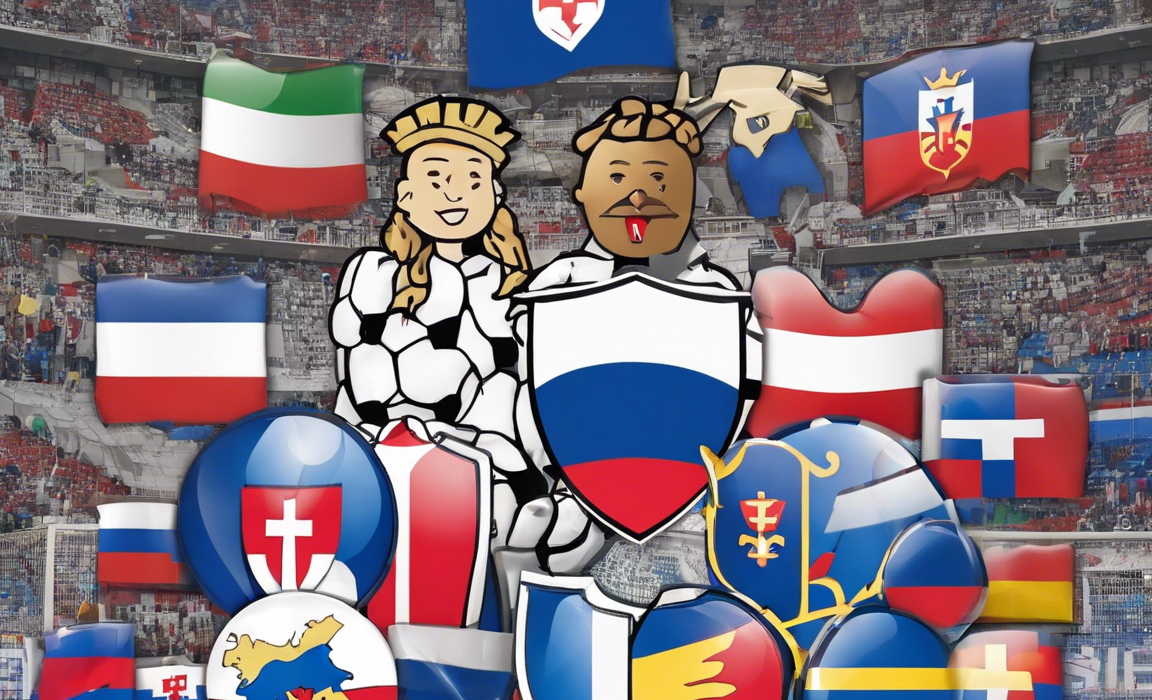Introduction
When it comes to exploring lesser-known European countries, Slovakia and Liechtenstein often fall under the radar. Located in the heart of Europe, these two nations offer a unique blend of history, culture, and natural beauty. In this article, we will delve into a comprehensive country comparison between Slovakia and Liechtenstein, shedding light on their demographics, geography, economy, and lifestyle. By the end of this read, you will have a better understanding of what makes these two countries distinct and appealing in their own ways.
Geography and Demographics
Slovakia is a landlocked country in Central Europe, bordered by the Czech Republic, Austria, Hungary, Ukraine, and Poland. With a population of over 5.4 million people, Slovakia is known for its rugged mountain ranges, vibrant capital city of Bratislava, and charming towns like Banska Bystrica and Kosice.
On the other hand, Liechtenstein is a small, doubly landlocked alpine country in Central Europe, bordered by Switzerland and Austria. It is one of the smallest countries in the world, with a population of approximately 39,000 people. Liechtenstein is famous for its stunning mountain landscapes, including the Rätikon range, and its capital city of Vaduz.
Economy and Employment
In terms of economy, Slovakia is known for its robust industrial sector, with automotive manufacturing being a major contributor to the country’s GDP. Companies like Volkswagen, Kia, and Peugeot have manufacturing plants in Slovakia, making it an important player in the European automotive industry.
Liechtenstein, on the other hand, has a highly developed financial sector, with a strong focus on private banking and wealth management. The country is known for its low corporate taxes and business-friendly environment, attracting foreign investors looking to diversify their assets.
Culture and Lifestyle
When it comes to culture, Slovakia boasts a rich heritage influenced by its past as part of the Austro-Hungarian Empire. Traditional Slovak cuisine includes dishes like bryndzové halušky (potato dumplings with sheep cheese) and kapustnica (sauerkraut soup). Folk music and dance are also integral parts of Slovak culture, with colorful costumes and lively performances.
Liechtenstein, on the other hand, has a unique cultural scene influenced by its alpine surroundings. The country is known for its impressive art collections, including the private art gallery of the Prince of Liechtenstein. Outdoor activities like hiking, skiing, and snowboarding are popular among residents and tourists alike.
Education and Healthcare
In terms of education, Slovakia has a well-established system that provides free education up to the age of 16. The country is home to several reputable universities, including Comenius University in Bratislava and the Slovak University of Technology in Kosice. Healthcare in Slovakia is accessible to all citizens through a public healthcare system, although private healthcare options are also available.
Liechtenstein has a high standard of education, with a focus on vocational training and apprenticeship programs. The country is known for its strong emphasis on innovation and entrepreneurship, with institutions like the University of Liechtenstein promoting research and development. Healthcare in Liechtenstein is of a high quality, with a mix of public and private healthcare providers catering to the needs of the population.
FAQs
- Is English widely spoken in Slovakia and Liechtenstein?
-
English is commonly spoken in Slovakia, especially in urban areas and among the younger population. In Liechtenstein, German is the official language, but English is also widely understood, particularly in business and tourism sectors.
-
Which currency is used in Slovakia and Liechtenstein?
-
The official currency in Slovakia is the Euro (EUR), while Liechtenstein uses the Swiss Franc (CHF) as its official currency.
-
Are there any famous landmarks in Slovakia and Liechtenstein?
-
Slovakia is home to the High Tatra Mountains, Spiš Castle, and the Slovak Paradise National Park. Liechtenstein boasts attractions like Vaduz Castle, Gutenberg Castle, and the Walser Museum.
-
What are the typical dishes one must try in Slovakia and Liechtenstein?
-
In Slovakia, don’t miss out on trying halušky, lokše, and goulash. In Liechtenstein, try käsknöpfle, rösti, and maluns for an authentic taste of the local cuisine.
-
How easy is it to travel between Slovakia and Liechtenstein?
- Traveling between Slovakia and Liechtenstein is relatively easy by train or car, with the journey taking around 5-6 hours depending on the route chosen. Both countries have well-connected transportation networks that make it convenient to explore the region.
Conclusion
In conclusion, while Slovakia and Liechtenstein may be small in size, they offer a wealth of experiences for travelers and expats looking to explore the beauty and charm of Central Europe. Whether you are drawn to Slovakia’s picturesque landscapes or Liechtenstein’s thriving economy, both countries have something unique to offer. By understanding the key differences and similarities between Slovakia and Liechtenstein, you can plan your next adventure with confidence and curiosity.

